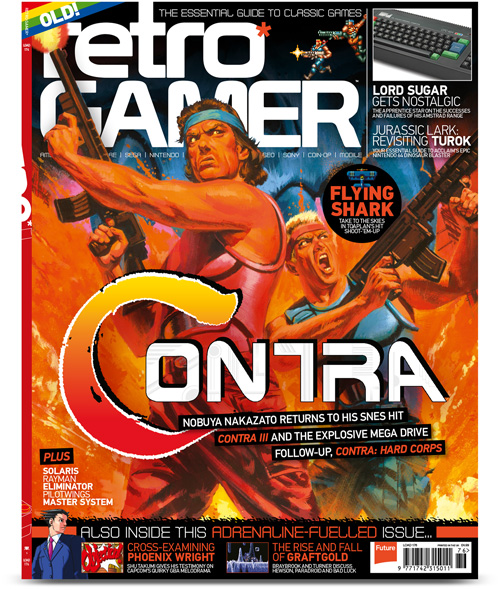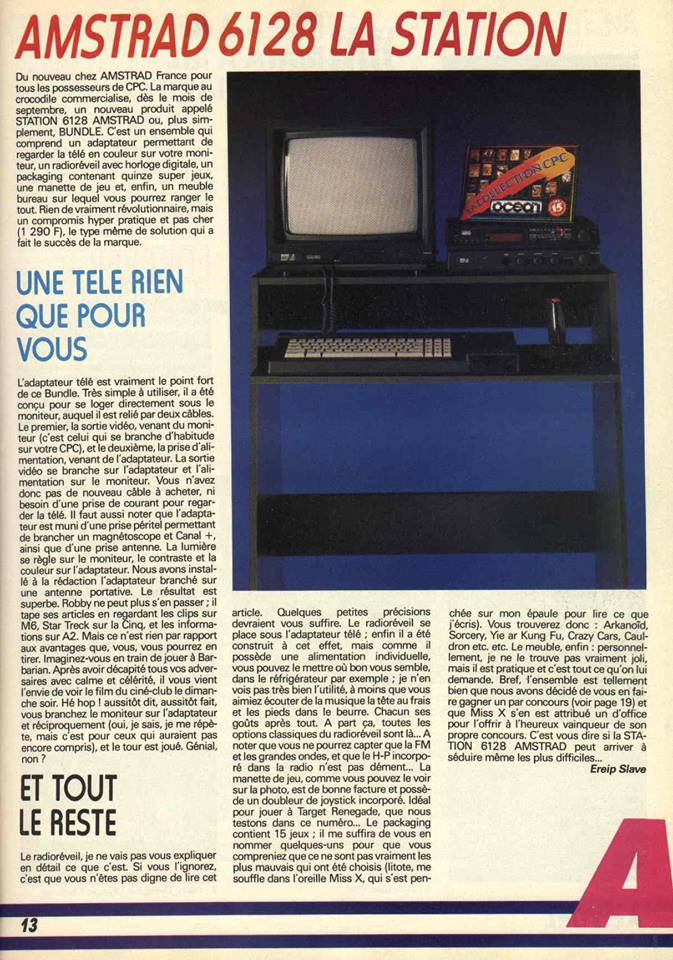Applications for the 14th The Apprentice show with Lord Alan Michael Sugar till 29th January
-The reality show the Apprentice (UK) with Lord Alan Michael Sugar will open his 14th edition soon. Inscriptions will close on the 29th January 2018.
What are you waiting for ?

